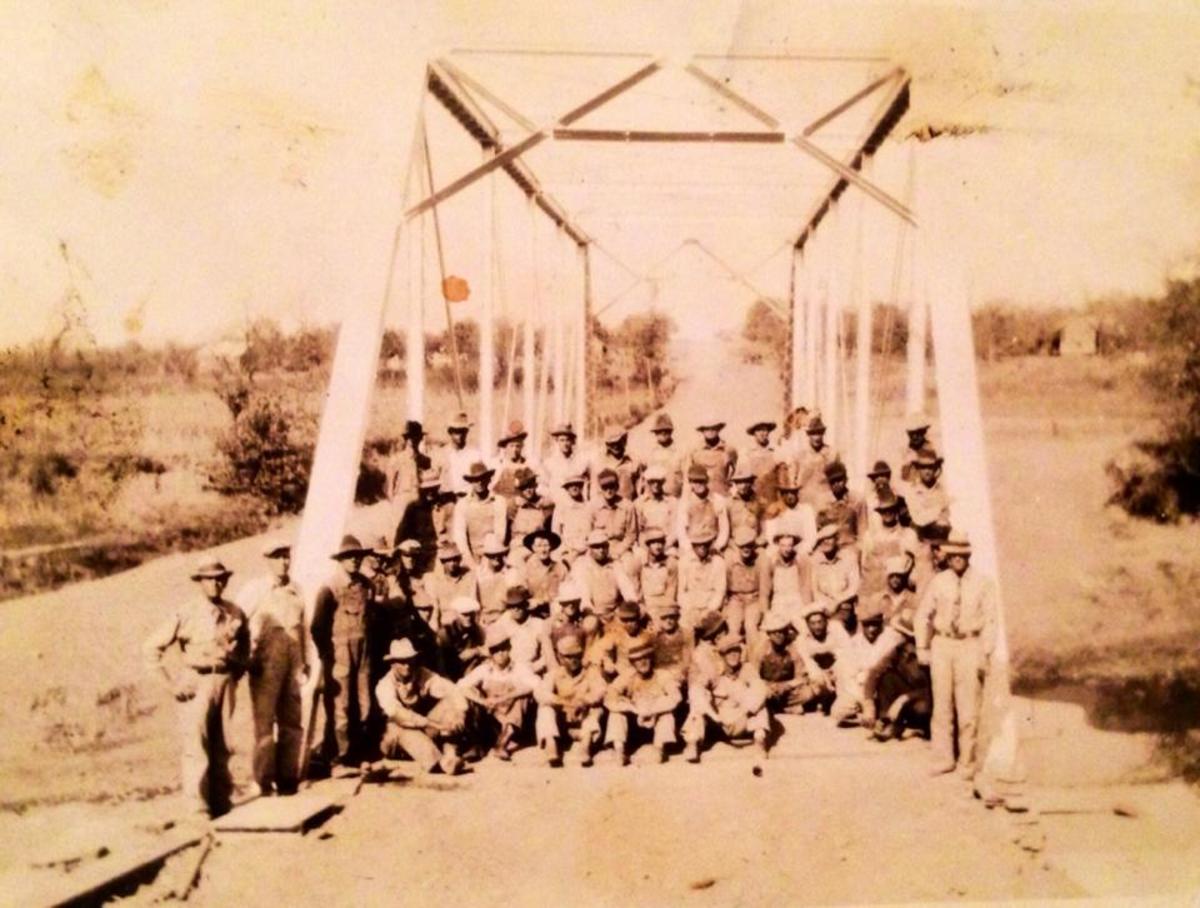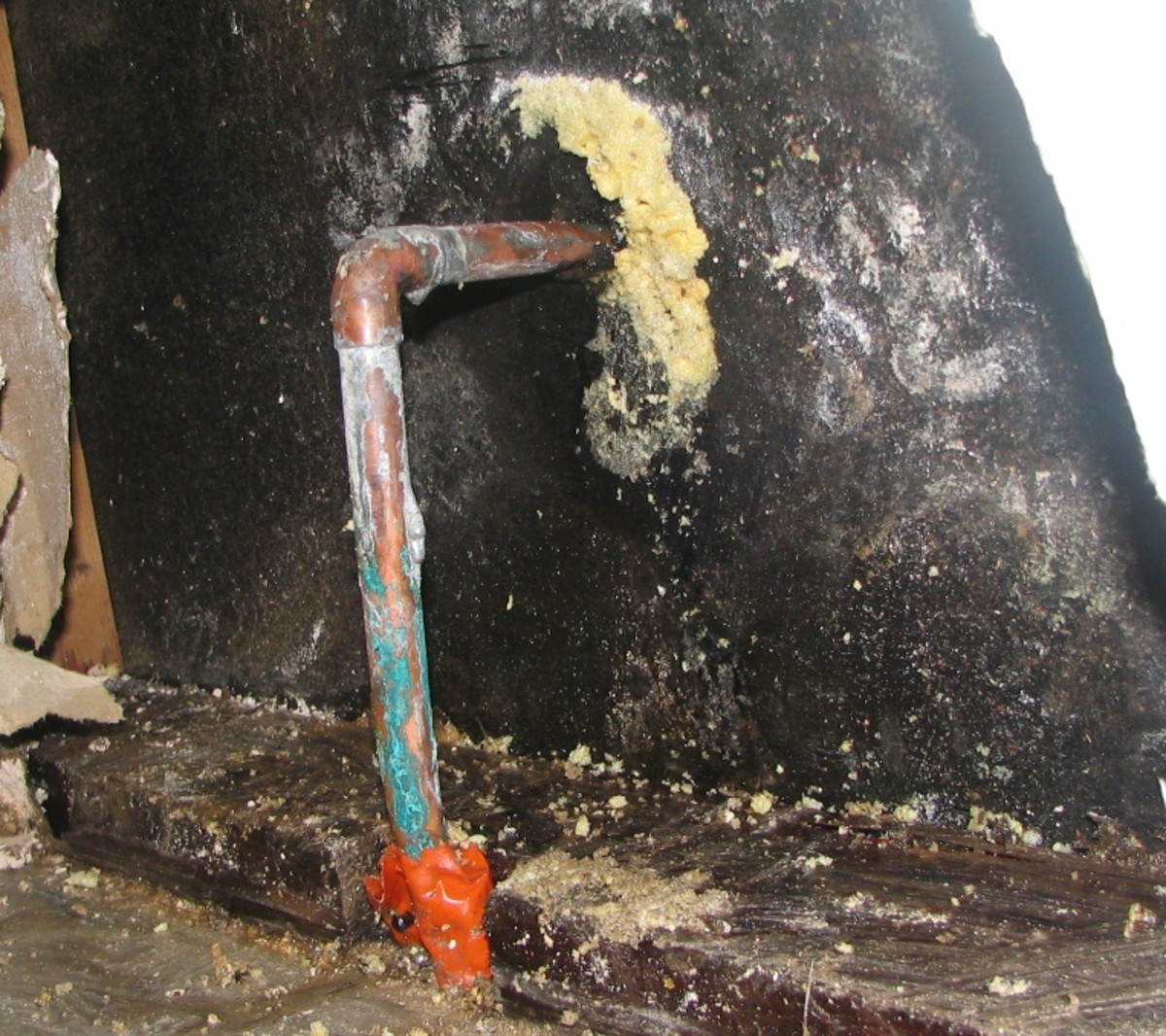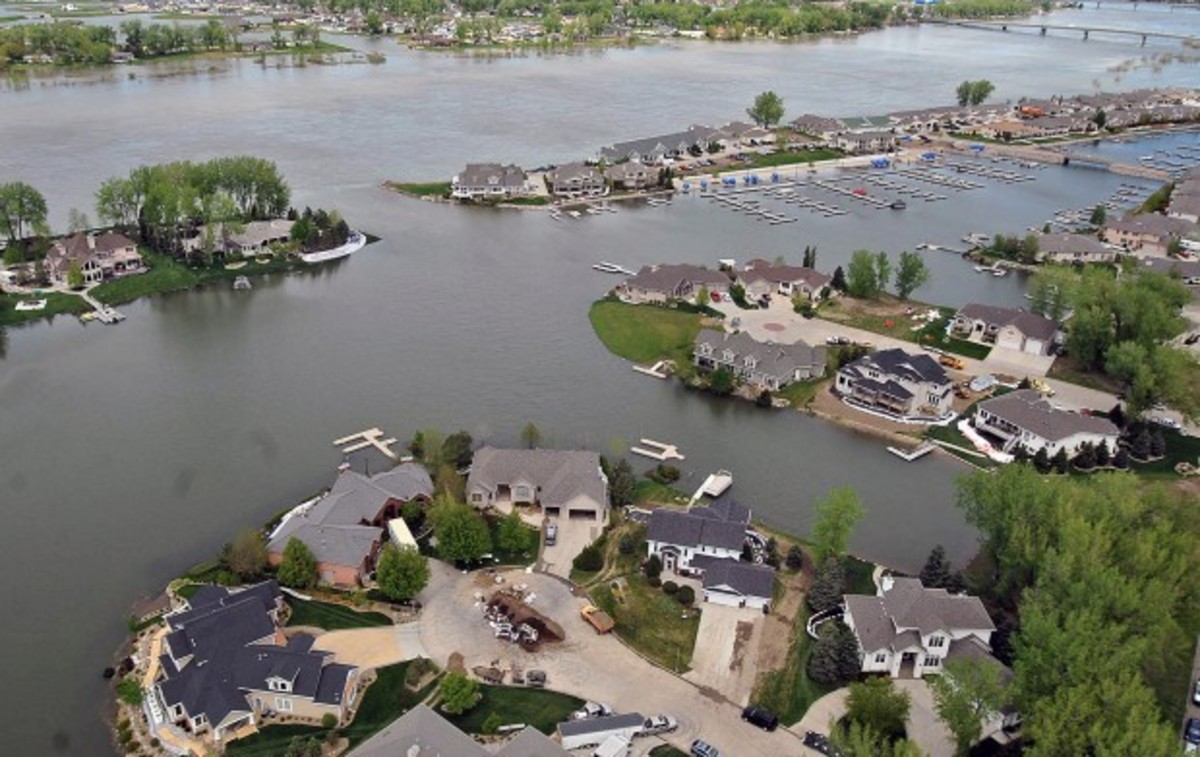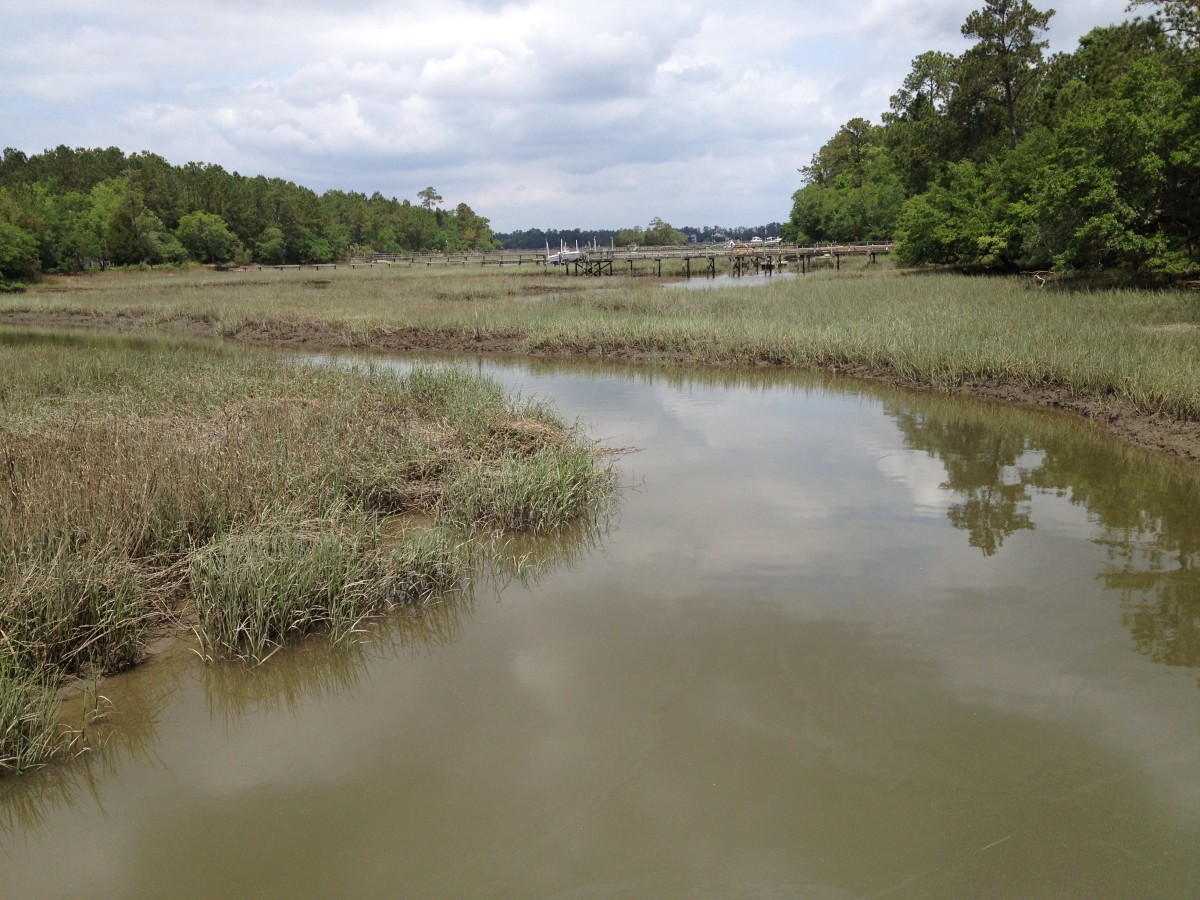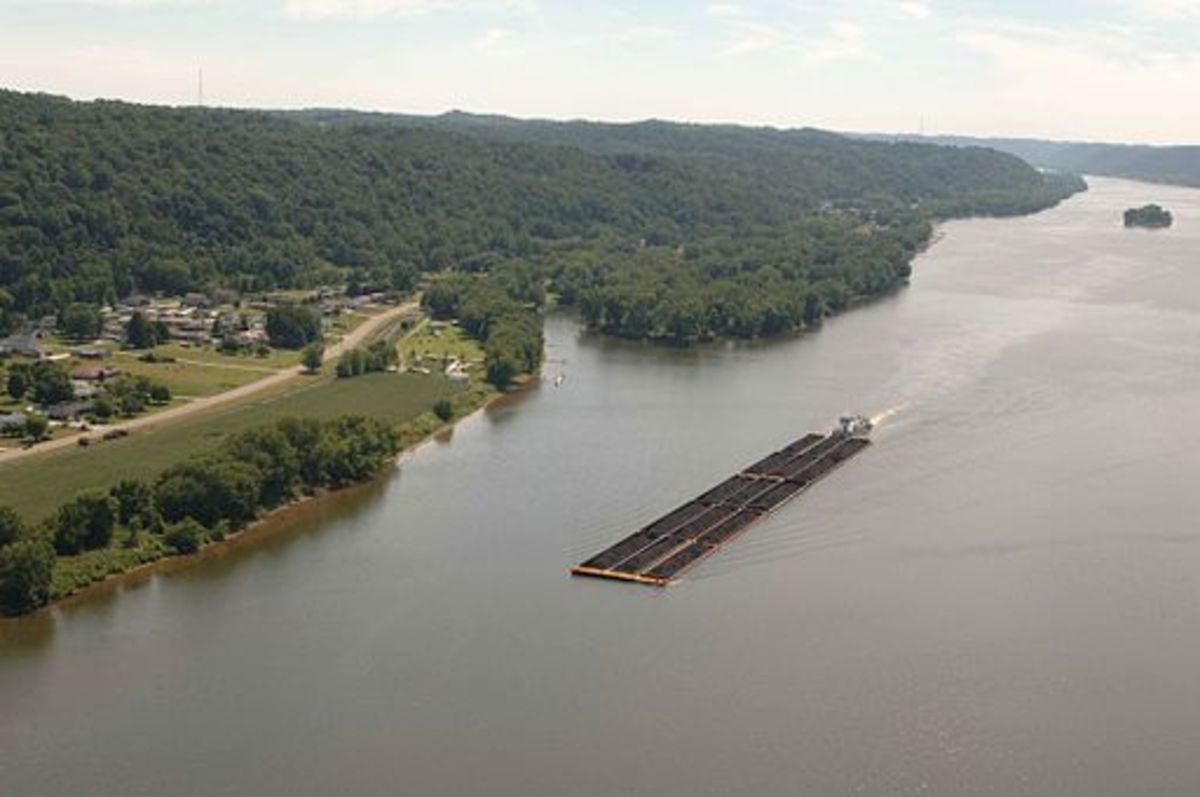What are 500 Year Floods?
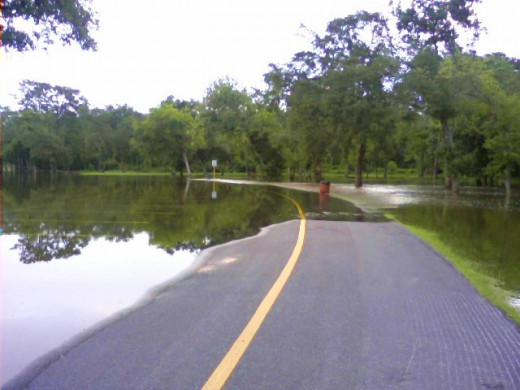
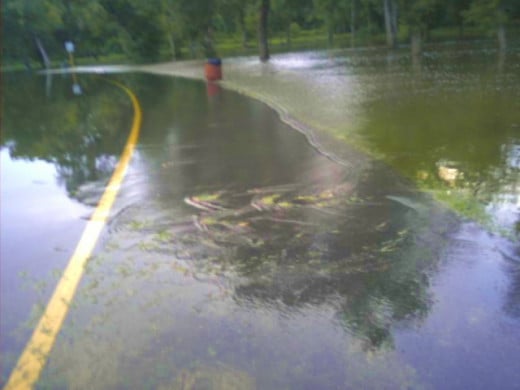
By Joan Whetzel
Earth’s natural water cycle is studied in schools everywhere. The basic scenario is that water is drawn up from the oceans and lakes, carried over land by the clouds which dump their water loads onto the land. The land soaks up some of that water and the excess runs off into rivers and streams which carry the water back out to sea or back into the lakes. When the rain is excessively heavy in a short period of time or when it rains over an extensive time period, then flooding occurs. However, on rare occasions, the flooding is so extreme that it seems nearly impossible to recover from. These floods are sometimes referred to as 500 year floods because their occurrence is so infrequent and so atypical.
What Causes Floods?
When it comes to the causes of flooding the list of the usual suspects includes:
1. Strong, torrential rainfall over a short period of time.
2. Heavy runoff due to the melting of a deep snow cover.
3. Soil that is too saturated to handle the current rainfall.
4. Soil that is frozen and cannot absorb the rainfall.
5. Rivers and streams already swollen from rainfall and run off and cannot take on more water without spilling over their banks.
6. Rivers backlogged by ice jams.
7. Concrete run off in cities.
There are generally considered to be 2 types of flooding: (a)river flooding where water spills out of the river’s banks, and (b) flash flooding, where a sudden gush of water from upstream washes over the land due to a sudden, heavy rainfall that occurs too quickly for the normal drainage systems to handle. Flash floods are the scariest and cause the most deaths because they are next to impossible to predict.
The 500 Year Flood
According to the United States Geological Survey (USGS), the term “500 year flood” can be a bit of a misnomer. While it garners instant recognition because of the extraordinary character of these monumental events, they don’t actually occur every 500 years. The 500-year flood accounts and predictions are rooted in the likelihood of such an event occurring based on annual flood and rain rates for a given area. A 100-year flood has a 1% chance of occurring in the same region and a 500-year flood only has a 0.3% chance occurring in the same area in any one year. These statistical rates war developed using the USGS’s peak flow values from their data provided by their stream gauges and other regional feedback. Of course, that doesn’t mean that if an area gets a 500-year flood one year, that it won’t get another 500-year flood the next year. Anything is possible. It just means that it is statistically unlikely.
Stream Gages and Flood Management
The first stream gauging stations began appearing in the late 19th century United States in response to the growing populations who war in danger of being affected by flooding. Larger populations means more people located near the rivers and streams that return the waters to oceans and the lakes. Flooding of those streams and river systems meant greater property damage and higher death tolls.
With the 20th century, came cities made of concrete and hare surfaced buildings that don’t absorb water. The increase in concrete roads, parking lots, and hard buildings has meant less dirt available to soak up the water from rain and melting snow, and an increase in runoff into the streams and river systems. Which means increased chances of flooding in urban areas, and the backup of flood waters along streams and rivers, which in turn causes an increased risk of rural flooding upstream as rivers and streams struggle to keep up. This brought on an increased need for stream gauges and regular stream flow measurements.
The USGS maintains continuous record keeping on a network of approximately 7,500 stream-gauging stations across the country. Long term data from these stream-gauging stations helps them keeping track of the how well the rivers and streams are flowing and handling high rates of water in the river system allows the USGS to put out warnings in advance of flood events so that preparations can be made to either stall off the flooding, to redirect flood waters, or to move people out of the way as quickly as possible in advance of the flooding. They also have played a critical role in reducing losses from the type of flooding that might occur with a 500-year flood.
Preparing for and Recovering from a 500-Year Flood
The US government and the National Flood Insurance Program control development in areas marked as floodplains. Flood plains are the areas near rivers or that have a large number of streams feeding into rivers, and which typically flood during high rain events or in the event of heavy snow melts. Large cities and urban development is usually restricted in these zones to help lower the amount of deaths and property loss, which could be exorbitant in the case of a flood event like a 500-year flood.
In addition, those communities built in flood prone areas are required to keep the community wide floodways clear and operational and to build in extra floodways as their community grows. New growth in these communities must also be elevated to protect property in cases of flooding that occurs up to 100-year flood levels. In some areas, that could mean elevating structures off the surrounding grade by at least two feet. The US government supports efforts to mitigate flooding hazards that are aimed at reducing the impact of flooding. Entire communities have been relocated to help minimize the damage due to major flood events. The cost of such relocation can seem huge, but it is far cheaper than the cost of cleanup, reconstruction, or reimbursements in the case of a 500-year flood event.
Other flood related measures have been taken on by communities worldwide to help reduce the cost of flooding clean up and to prevent some flooding from occurring in the places that are most affected.
· Ecosystem Conservation. Maintaining natural ecosystems and wildlife preserves in floodplains is beneficial to the local wildlife, but it also keeps the natural drainage systems (the river systems) flowing well and it provides parks and recreational areas for people to enjoy
· Agriculture Use of Floodplains. Floodplains are naturally wet in nature, which means they produce great crop yields and make for wonderful pasturelands. However, the floods from unseasonable rainfall have wreaked havoc with those crop yields. These damages can be minimized while still maximizing the agricultural yields.
· Open Spaces in Urban Settings. Many urban settings contain smaller floodplains within their borders that are considered green spaces or open spaces (city parks). These mini-floodplains are created as undeveloped properties to be used as flood run off reservoirs to help minimize the costs associated with events like the 500-year flood.
· Urban Areas that Are Occupied. These are the residential, commercial, and industrial zones of a city. They are highly prone to flooding and aren’t usually subject to flood control restrictions in areas where there is no organized city-wide efforts for flood control measures. People choosing to live in these areas with no flood control measures must bear the cost of repairs and losses.
· Property Owners. People who live on personally owned property that is not part of community flood control efforts can do their part to help reduce or cope with flooding risk. They can save a little money aside to offset the cost of repairs and losses in the event of a 500-year flood. They can also make an effort to flood-proof their property before a rain event occurs.
Other flood prevention and recovery efforts include:
· Involving community groups and government agencies in issuing flood warnings, providing emergency services, evacuation efforts, rescues, and property repairs after the flood.
· Making sure new construction is performed to reduce or minimize flood damage.
· Providing and purchasing flood insurance for those living in flood prone areas, to cover some of the cost, which reduces the amount of money that the government needs to pour into an area following a major flood event like a 500-year flood.
A major flooding event like a 500-year flood is predictable. Estimating the costs of recovery and rebuilding is a seemingly impossible task. The best methods for surviving an event like a 500-year floodis to prepare in advance as much as possible, to do whatever it takes to reduce the risks of flooding or to reduce the amount of damage from the flooding, and to work together as a community to repair and rebuild after such an event.
Resources
USGS. Two500-Year Floods in 15 Years, What Are the Odds?
http://www.usgs.gov/newsroom/article.asp?ID=1963&from=rss
KCRG. What Is the 500-Year Flood?
http://www.kcrg.com/news/local/19795649.html
PBS. The Hows and Whys of Floods
http://www.pbs.org/newshour/infocus/floods/science.html
Delaware River Basin Commission. The Importance of Stream Gages.
http://www.state.nj.us/drbc/gage/gageshp.htm
Wikipedia. Floodplain.
http://en.wikipedia.org/wiki/Floodplain#Interaction_with_society
Flood Encyclopedia. Floodplain Management.
http://www.waterencyclopedia.com/En-Ge/Floodplain-Management.html

